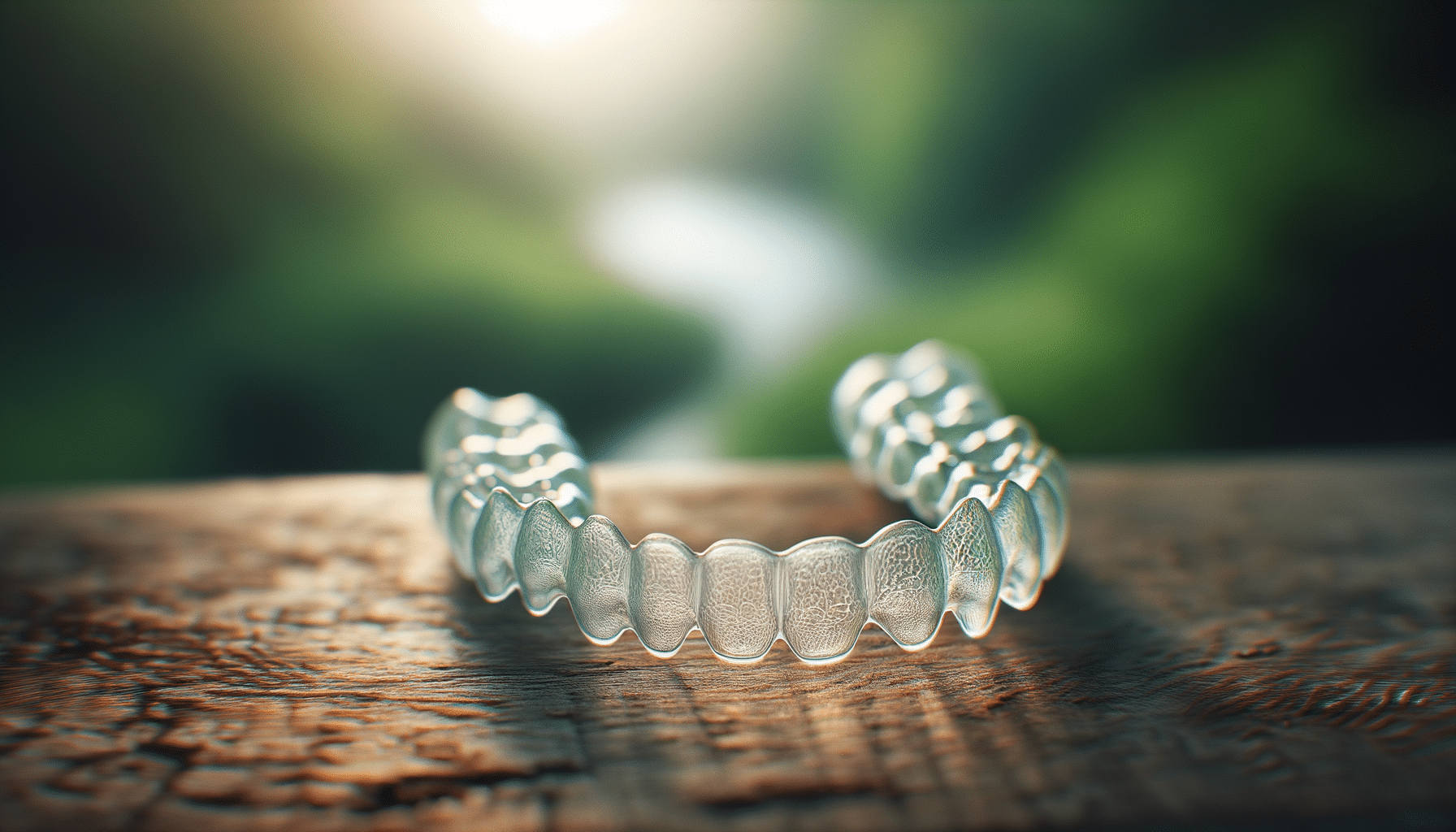
Invisible Braces: Clear Aligners for a Confident, Natural Smile
Introduction to Clear Aligners
Invisible braces, commonly known as clear aligners, have revolutionized the field of orthodontics. They offer a discreet and comfortable alternative to traditional metal braces, allowing individuals to straighten their teeth without drawing attention to their orthodontic treatment. The importance of a confident smile cannot be overstated, as it plays a crucial role in personal interactions and self-esteem. Clear aligners have become a popular choice for both teenagers and adults seeking to enhance their dental aesthetics while maintaining a natural appearance.
One of the key advantages of clear aligners is their ability to provide a customized fit for each patient. These aligners are made from transparent plastic, which makes them virtually invisible when worn. This feature is particularly appealing to individuals who may feel self-conscious about wearing noticeable braces. Additionally, clear aligners are removable, allowing for easy maintenance of oral hygiene and the freedom to enjoy a wide range of foods without restriction.
In this article, we will explore the various aspects of clear aligners, including their benefits, the technology behind them, and how they compare to traditional braces. Whether you are considering orthodontic treatment for yourself or a loved one, understanding the nuances of clear aligners can help you make an informed decision.
The Benefits of Clear Aligners
Clear aligners offer numerous benefits that contribute to their growing popularity among dental patients. One of the most significant advantages is their aesthetic appeal. Unlike metal braces, clear aligners are designed to be discreet, making them an excellent choice for individuals who wish to maintain a natural look during their orthodontic treatment. This is particularly important for adults who may feel that metal braces are not suitable for their professional or social environments.
Another notable benefit is the comfort that clear aligners provide. Made from smooth plastic, these aligners eliminate the irritation and discomfort often associated with metal brackets and wires. Patients report less soreness and fewer mouth abrasions, which contributes to a more pleasant treatment experience. Additionally, the removable nature of clear aligners allows for better oral hygiene, as patients can brush and floss their teeth without obstruction.
Clear aligners also offer flexibility and convenience. They can be taken out for eating, drinking, and special occasions, providing patients with the freedom to enjoy their favorite foods and maintain their lifestyle without compromise. This versatility is a significant advantage over traditional braces, which require dietary restrictions and can be cumbersome in social settings.
The Technology Behind Clear Aligners
The development of clear aligners is rooted in advanced dental technology that allows for precise and effective tooth movement. The process begins with a comprehensive digital scan of the patient’s teeth, which is used to create a 3D model. This model serves as the basis for designing a series of custom aligners that gradually shift the teeth into the desired position.
Each set of aligners is worn for approximately two weeks before being replaced with the next set in the series. The aligners apply gentle, consistent pressure to the teeth, encouraging them to move incrementally. The use of computer-aided design and manufacturing ensures that each aligner is tailored to the patient’s unique dental structure, resulting in a personalized treatment plan that is both efficient and effective.
Clear aligners are made from a durable, medical-grade plastic that is both safe and comfortable for long-term wear. The material is designed to withstand daily use while maintaining its transparency, ensuring that the aligners remain inconspicuous throughout the treatment process.
Comparing Clear Aligners to Traditional Braces
When considering orthodontic treatment options, it’s essential to weigh the differences between clear aligners and traditional braces. While both methods aim to achieve a straight, healthy smile, they do so through different approaches and offer distinct advantages.
Traditional braces consist of metal brackets and wires that are affixed to the teeth. They are highly effective for addressing complex dental issues, such as significant misalignments or bite problems. However, their visibility and potential for discomfort can be deterrents for some patients. In contrast, clear aligners offer a more aesthetically pleasing solution with their transparent design and smooth surface.
Another consideration is treatment duration. While clear aligners can be effective for many cases, they may not be suitable for all dental conditions. Some patients with severe orthodontic issues may require the more robust mechanical force provided by traditional braces. However, for mild to moderate cases, clear aligners often result in a shorter treatment time.
Ultimately, the choice between clear aligners and traditional braces should be made in consultation with an orthodontist who can assess the specific needs and goals of the patient. Both options have their merits, and the decision should be based on individual circumstances and preferences.
Conclusion: Achieving a Natural, Confident Smile
Clear aligners have emerged as a transformative option in the field of orthodontics, offering a blend of aesthetics, comfort, and convenience that appeals to a broad range of patients. By providing a discreet and effective means of teeth straightening, they empower individuals to achieve a confident, natural smile without the drawbacks associated with traditional braces.
For those considering orthodontic treatment, clear aligners represent a modern solution that aligns with contemporary lifestyle demands. With their customizable fit and advanced technology, they offer a path to improved dental health and enhanced self-esteem.
Whether you are seeking to correct minor misalignments or enhance your overall dental appearance, clear aligners are worth exploring as a viable alternative to conventional braces. Consult with a qualified orthodontist to determine if clear aligners are suitable for your specific needs and begin your journey to a more confident smile today.


